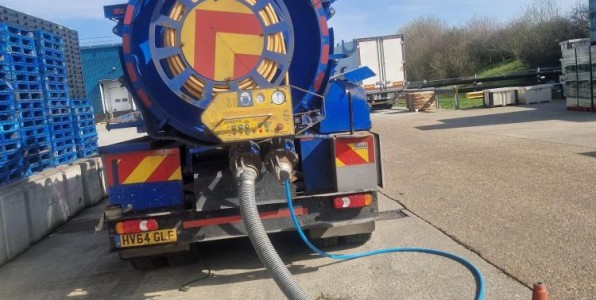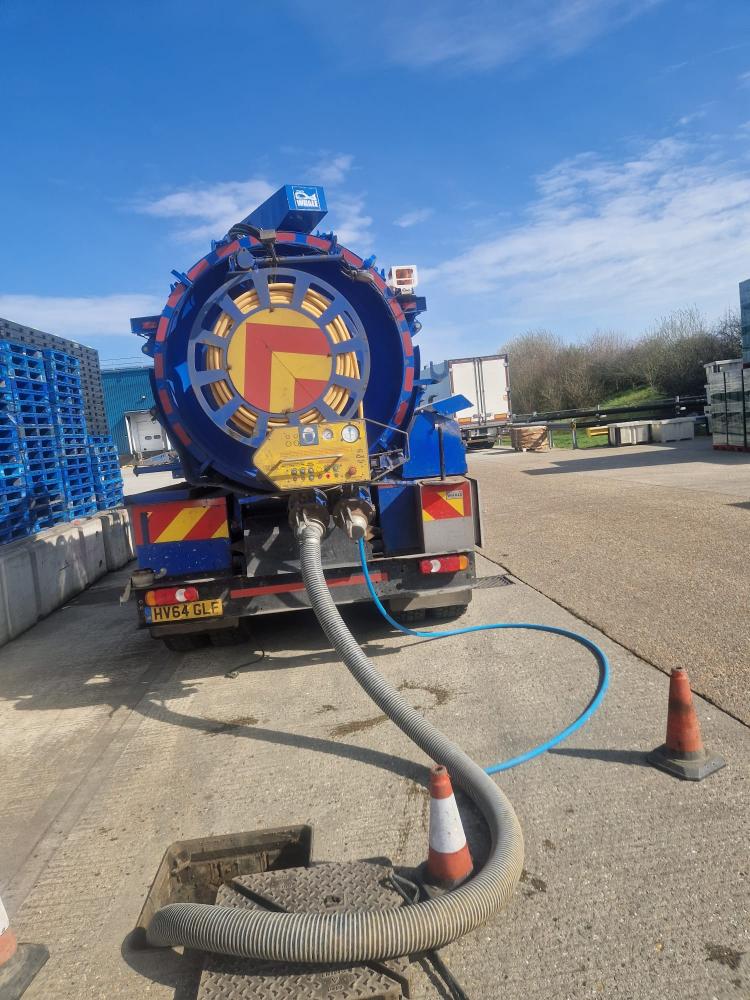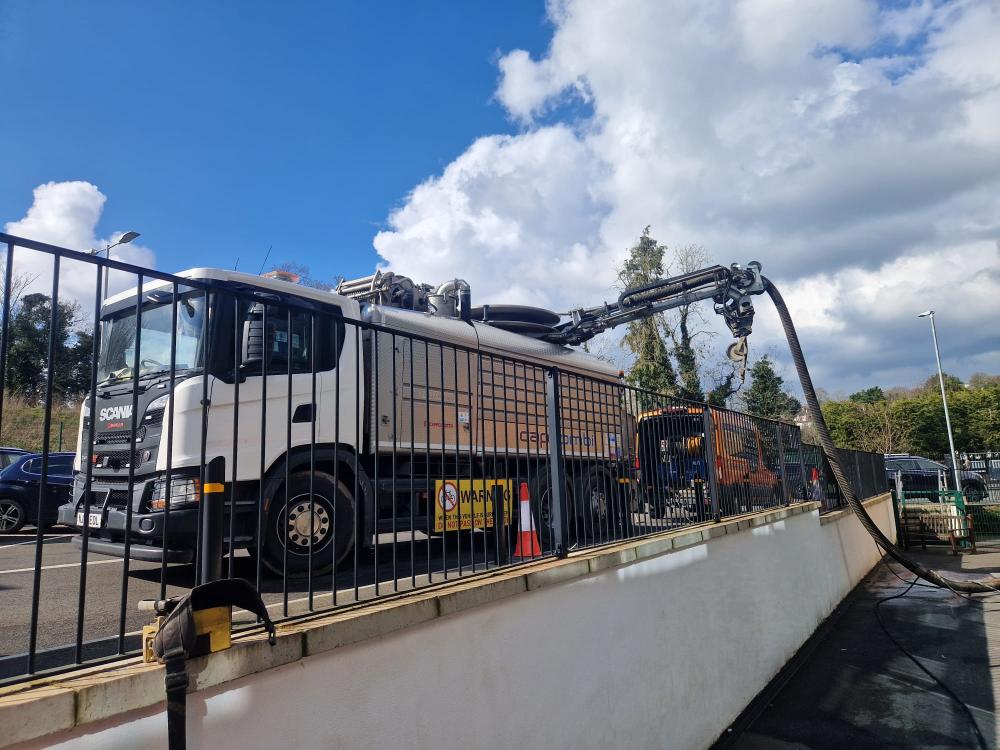Understanding Septic Tanks and How They Work and Regulatory Considerations for New Builds

Understanding Septic Tanks and How They Work and Regulatory Considerations for New Builds
The post Understanding Septic Tanks and How They Work and Regulatory Considerations for New Builds appeared first on UK Construction Blog.
Septic tanks play a crucial role in managing wastewater for properties not connected to a centralised sewage system. Understanding how they work and the regulations surrounding their installation, septic tank emptying and maintenance is essential for homeowners, builders, and policymakers alike. In this article, we delve into the functioning of septic tanks, explore the regulatory landscape for their implementation in new builds, and emphasise the importance of regular maintenance, including tank emptying.
How Septic Tanks Work
Septic tanks are underground chambers designed to treat wastewater from residential or commercial properties. The process begins with the entry of raw sewage into the tank through inlet pipes. Inside the tank, solid waste settles at the bottom, forming a layer of sludge, while lighter materials like grease and oils float to the top, creating a scum layer. The liquid wastewater, known as effluent, occupies the middle layer.
The next stage involves the anaerobic digestion of organic matter by bacteria present in the tank. These microorganisms break down the solid waste, converting it into simpler substances and gases such as methane and carbon dioxide. Over time, the effluent is clarified as it undergoes this biological treatment process.
Once treated, the clarified effluent flows out of the septic tank through outlet pipes and enters a drain field or leach field. Here, it percolates through layers of soil, further undergoing natural filtration and purification before recharging groundwater or being discharged into surface water bodies.

Regulatory Considerations for New Builds
Installing septic tanks in new builds requires adherence to specific regulations and guidelines aimed at ensuring environmental protection, public health, and safety. These regulations may vary depending on the location and governing authorities but generally include the following considerations:
- Site Assessment: Before installing a septic tank, a thorough site assessment is conducted to evaluate soil conditions, groundwater levels, topography, and other factors influencing system performance. This assessment helps determine the suitability of the site for a septic system and the appropriate design.
- Permitting and Approval: Obtaining permits and approvals from local health departments or regulatory agencies is typically mandatory for new septic tank installations. These permits ensure compliance with relevant regulations and may involve submitting detailed plans, conducting soil tests, and paying applicable fees.
- Design and Sizing: Septic tank systems must be designed and sized according to the anticipated wastewater flow and property size. Factors such as the number of bedrooms, daily water usage, and soil characteristics influence the design parameters, including tank capacity, drain field size, and setback distances from property boundaries and water sources.
- Construction Standards: Construction of septic tanks and associated components must adhere to prescribed standards to ensure structural integrity, longevity, and proper functioning. These standards may cover materials, installation techniques, backfilling procedures, and quality control measures
- Maintenance Requirements: Regular maintenance and periodic inspection of septic tanks are essential to prevent system failures, groundwater contamination, and health risks. Homeowners are typically responsible for ensuring proper maintenance, including tanker pumping, inspection of components, and prompt repairs as needed.

Importance of Emptying Septic Tanks
Regular emptying or pumping of septic tanks is critical for maintaining their efficiency and preventing issues such as sewage backups, foul odours, and environmental contamination. Over time, solid waste accumulates in the tank, leading to reduced capacity and potential clogging of the system. Routine pumping removes accumulated sludge and scum, allowing the tank to function optimally and prolonging its lifespan. Homeowners should adhere to recommended pumping schedules based on household size, usage patterns, and septic tank capacity to ensure uninterrupted operation and minimise the risk of costly repairs.
Conclusion
Totally Blocked Drains offer Septic tanks services and are integral to managing wastewater in properties located beyond the reach of centralised sewer systems. Understanding how they function, complying with regulatory requirements, and prioritising regular maintenance, including tank emptying, are essential for the effective and environmentally responsible installation of septic systems in new builds. By following established guidelines and adopting proactive maintenance practices, homeowners and builders can ensure the proper operation and longevity of septic tanks while safeguarding public health and the environment
Comments are closed